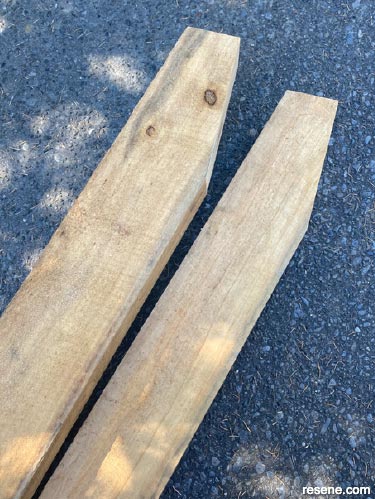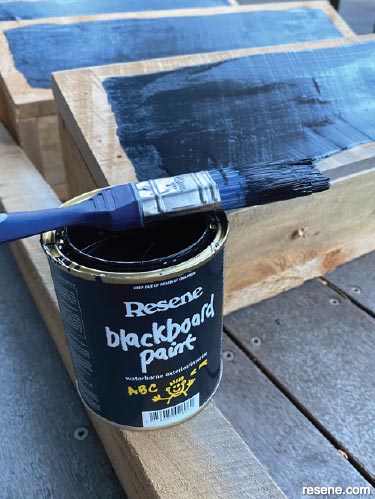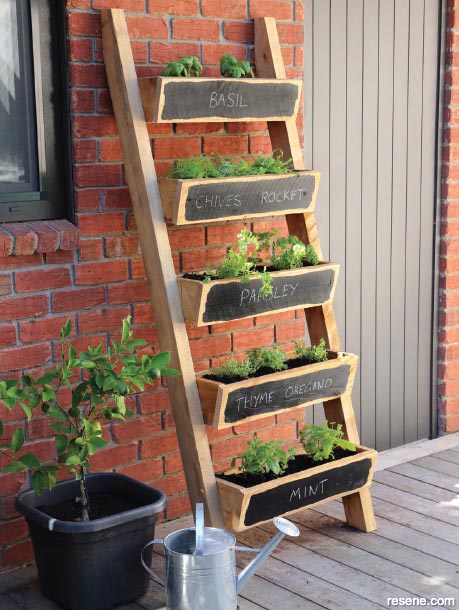The ideal project for gardens where space is limited, or to make use of a sunny wall. While it makes a great herb garden, it could also be used for a colourful display of flowers.
Materials:
Tools:
Top tip: Autumn is an ideal time to plant perennial herbs such as chives, mint, lemon balm, oregano, and thyme. Hardy herbs such as coriander and parsley will do well planted now too.
How to build a herb ladder:
 Step one
Step one
Cut both ends of the timber rails off at 15 degrees (parallel cuts). Then, cut the back off at a right angle to the top 15-degree cut, as shown.
 Step two
Step two
Create your first planter by joining the end pieces to the side panels. Slot the base in from the top and screw into place. Repeat to create five identical planter boxes.
 Step three
Step three
Drill drainage holes in the base of each planter. Cut the weed mat to size and staple to the inside of each planter to stop the soil falling through.
 Step four
Step four
Mark 200mm from the top of both legs to get the placement of the top planter in exactly the same spot. Screw into position from the inside of the planter, lining the top up with your marks. Mark the placement of the next planter 200mm down from the base of the first, and screw into place. Repeat until the ladder is complete.
 Step five
Step five
Paint the front of each planter with Resene FX Blackboard Paint and allow to dry.
 Step six
Step six
Fill each planter with potting mix and plant your selection of herbs (or flowers). Water well.
 Step seven
Step seven
Use chalk to label your planters.
Order online now:
Testpots |
Paints |
Primers and Sealers |
Stains |
Clears |
Accessories
![]() Get inspired ! Subscribe
Get inspired ! Subscribe ![]() Get saving ! Apply for a DIY card
Get saving ! Apply for a DIY card
Can't find what you're looking for? Ask us!
Company profile | Terms | Privacy policy | Quality and environmental policy | Health and safety policy
Colours shown on this website are a representation only. Please refer to the actual paint or product sample. Resene colour charts, testpots and samples are available for ordering online. See measurements/conversions for more details on how electronic colour values are achieved.
What's new | Specifiers | Painters | DIYers | Artists | Kids | Sitemap | Home | TOP ⇧

